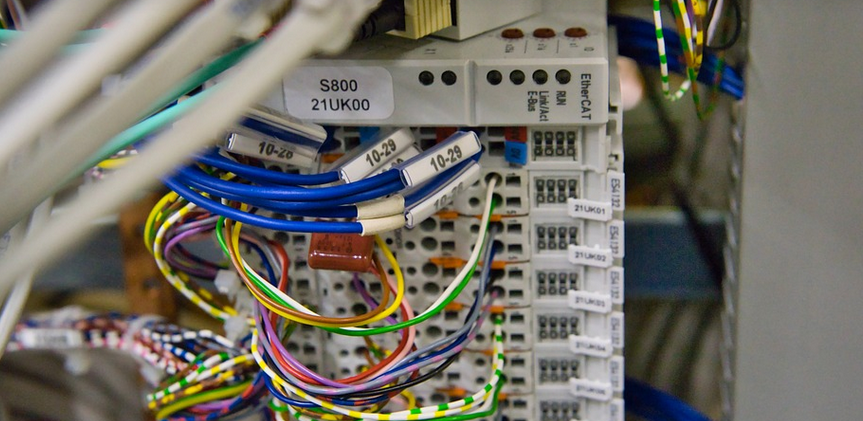The Chilling Mystery: Understanding Why Your Walk-In Cooler is Turning Ice Cold
When your walk-in cooler mysteriously starts freezing, it can be a real headache. It throws your entire operation off balance, and food safety becomes an even bigger concern. Don’t worry; understanding what might be causing this “chill” to set in will empower you to solve the problem!
The first thing to understand about walk-in coolers is that maintaining a stable temperature within them requires constant effort from mechanical components and precise control of environmental factors.
Common Culprits: Pinpointing the Problem
A freezing evaporator is rarely a straightforward issue. It often points to a deeper, interconnected problem, each with its own set of symptoms and potential causes. Let’s explore some of the most common culprits:
**Refrigerant Level:** A crucial element for cooling, refrigerant levels directly affect the efficiency of your cooler. If there are leaks or insufficient refrigerant, an evaporator can freeze up due to a reduced capacity to absorb heat from the surrounding air.
**Electrical Issues:** The compressor, which drives the refrigeration cycle and the entire process, relies heavily on electricity. Faulty electrical connections, tripped circuits, or overloaded panels can trigger the compressor to malfunction, leading to the evaporator freezing up.
**Contamination and Blockages:** A build-up of debris within your cooler’s cooling system can significantly disrupt airflow and hinder its ability to cool effectively. This could involve a blockage in the condenser coils, improper air circulation around the evaporator coil, or even dust and grime accumulating on internal surfaces.
**Thermostat Malfunction:** For precise temperature control, the thermostat plays an integral role. If it’s malfunctioning, it might be struggling to regulate the cooling process correctly, leading to inconsistent temperatures that result in freezing.
Troubleshooting Steps: A Step-by-Step Guide
Now that we’ve identified some potential culprits, let’s dive into troubleshooting steps:
**1. Inspect and Check Refrigerant Levels:** This is often the first thing you should do! Look for any signs of leaks or low refrigerant levels. If you find any, it’s advisable to call a professional refrigeration technician right away to address the issue.
**2. Evaluate Electrical Connections:** Visually inspect your cooler’s wiring and look for any loose connections, frayed wires, or tripped circuit breakers. Ensure they are all secure and functioning correctly. Consider calling in an electrician if you feel unsure about dealing with electrical components.
**3. Address Blockages:** Clean the condenser coils and evaporator coils to remove dust, dirt, or debris that might be hindering airflow. This can significantly impact efficiency and prevent freezing issues.
Finding the Root of the Problem: When to Call a Professional
If you’ve gone through these troubleshooting steps and are still facing a frozen evaporator, it’s best to seek professional help. A qualified refrigeration technician has the expertise and tools to diagnose and repair any underlying problems that may be causing the issue.
Prevention is Key: Maintaining That Chilly Consistency
Preventing freezing is often easier than troubleshooting an existing problem. Here are some preventative measures to keep your walk-in cooler running smoothly:
**Regular Maintenance:** Schedule regular maintenance checks, including cleaning condenser coils and evaporator coils, checking refrigerant levels, and inspecting electrical connections. This proactive approach can help avoid future problems.
**Proper Airflow:** Ensure proper air circulation around the evaporator coil by maintaining a clear path for air to flow freely into and out of the cooler. Also, check for any obstructions or blockages that may hinder airflow.
**Follow Manufacturer Guidelines:** Adhere strictly to your walk-in cooler’s manufacturer’s instructions and guidelines. They provide specific recommendations on refrigerant levels, maintenance schedules, and other crucial considerations for optimal performance.
